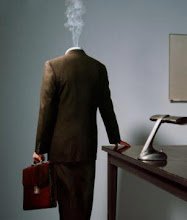The employment rate for the three months to February 2010 was 72.1 per cent. The rate was down 0.3 on the quarter and it has not been lower since the three months to October 1996. The number of people in employment fell by 89,000 on the quarter to reach 28.82 million. There were falls in employment over the quarter for both full-time workers (down 59,000) and part-time workers (down 30,000). The number of employees and self-employed people working part-time because they could not find a full-time job increased by 13,000 on the quarter to reach 1.05 million, the highest figure since comparable records began in 1992.
The unemployment rate for the three months to February 2010 was 8.0 per cent. The rate was up 0.1 on the quarter and it has not been higher since the three months to September 1996. The number of unemployed people increased by 43,000 over the quarter to reach 2.50 million, the highest figure since the three months to December 1994. The number of people unemployed for up to six months fell by 46,000, to reach 1.22 million. However, the number of people unemployed for more than twelve months increased by 89,000 over the quarter to reach 726,000, the highest figure since the three months to July 1997.
http://www.statistics.gov.uk/cci/nugget.asp?ID=12





